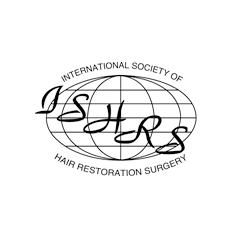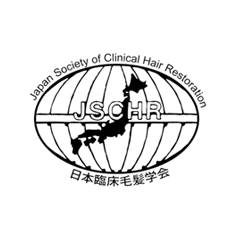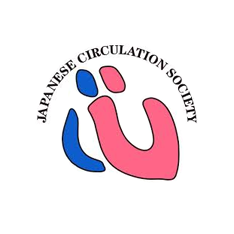5α-Reductase; Type I & Type II
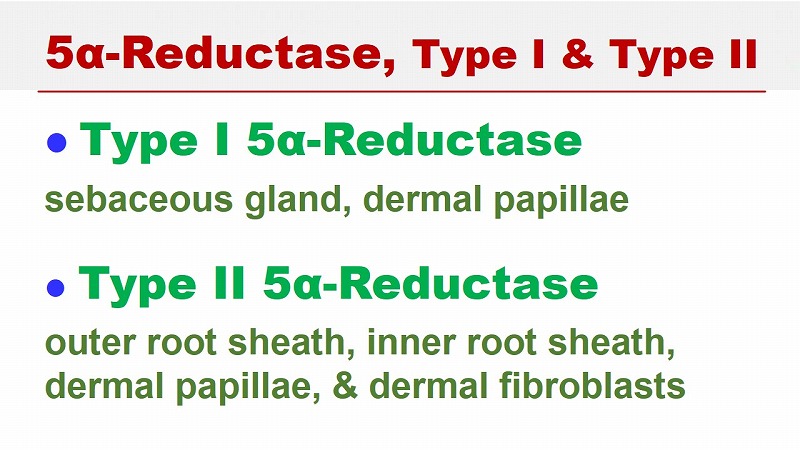
The optimal PH is 7.0 for type I 5 alpha-reductase (5α-reductase), and 5.5 for type II 5α-reductase.
The locus of the gene is chromosome 5 for type I 5α-reductase, and chromosome 2 for type II 5α-reductase.
Type I 5α-reductase is more widely located in the skin than type II 5α-reductase.
Type I 5α-reductase is located in the sebaceous glands and dermal papillae of the scalp hair follicles.
Type II 5α-reductase is located in the outer root sheath, inner root sheath, dermal papillae, and dermal fibroblasts.
The differences in hair growth in different regions may be related to local differences in 5α-reductase.
DHT production is increased in the balding scalp of men.
DHT is also increased in the scalp of women, but the levels are much lower than in men.
Men with type II 5α-reductase deficiency do not develop androgenetic alopecia.
What is Dihydrotestosterone (DHT)?
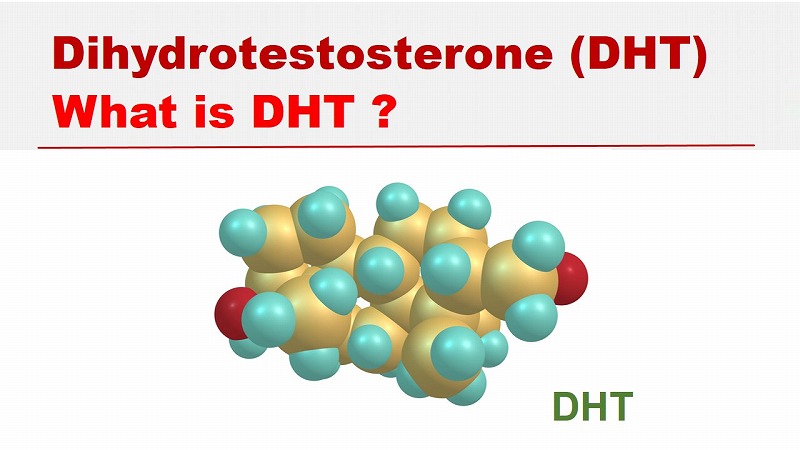
Dihydrotestosterone (DHT) is an active metabolite of testosterone.
Testosterone is converted to DHT by an enzyme named 5α-reductase.
DHT plays an important role in the development of alopecia in male and female AGA.
DHT is circulating in the blood. DHT is also produced in the scalp tissue.
Both locally produced DHT and circulating DHT are involved in AGA.
The level of DHT in the scalp tissue is thought to play a more important role in AGA than serum DHT.
Is DHT a good hormone or a bad hormone?
DHT is an essential hormone. DHT is necessary to maintain the physical activity and healthy body condition of the human body.
What are the good things about DHT?

DHT enhances muscle, strength, and bone growth. It promotes the development of adolescent males.
DHT promotes vitality, heart function, and memory in men and women.
DHT helps to maintain cognitive function.
DHT improves sexual function. It is necessary for sexual development.


